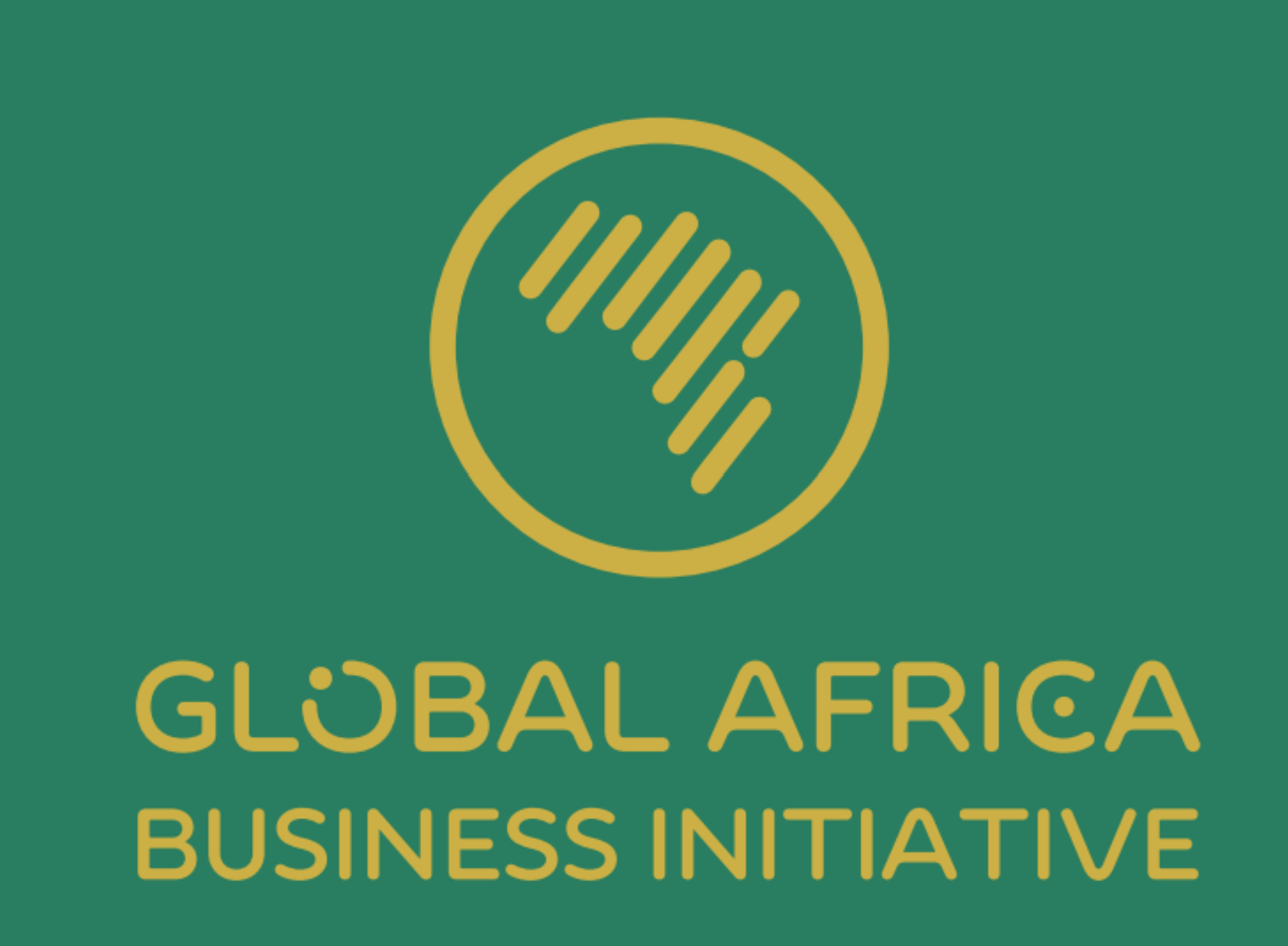
Elena Perez Celis
Nov 14, 2024
At the Global Africa Business Initiative (GABI) event, which
took place in New York last September during the UN General Assembly, Africa's
wealthiest man, Alhaji Aliko Dangote, highlighted a key challenge for African
business leaders. Despite investing over $600 million in a certain African
country, he still needed a visa to enter. Dangote shared that he had to apply
for 35 different visas to conduct his business across the continent.
For Dangote and many other African business leaders, the
restriction on mobility is a major obstacle. Removing these barriers could
unlock the potential of intra-African trade, which currently stands at just 17
percent—far behind Europe's 60 percent.
The African Continental Free Trade Area (AfCFTA), which was
introduced in March 2018, aims to boost trade within Africa. With a market of
1.3 billion people and a combined GDP of $3.4 trillion, AfCFTA is expected to
significantly increase intra-African trade. The World Bank estimates it could
add $450 billion to Africa’s income by 2035, helping to lift 30 million people
out of extreme poverty.
The AfCFTA could also expand Africa’s tax base, improving
its ability to manage its growing debt, estimated at $1.1 trillion. According
to the Brookings Institution, a US-based think tank, the trade pact could help
African nations handle their financial challenges.
The AfCFTA’s implementation is progressing well, according
to Wamkele Mene, Secretary-General of the AfCFTA Secretariat, speaking at the
GABI event. With 54 African Union (AU) member states on board and 48 countries
having ratified the agreement, the AfCFTA has shown promise, although
challenges remain.
A 2023 study by the AU and the UN Economic Commission for
Africa (UNECA) underlines that free movement is essential for boosting
intra-African trade. However, only four African countries—Benin, The Gambia,
Rwanda, and Seychelles—offer visa-free access to all African citizens. In
contrast, 33 countries offer visa-free travel to citizens from at least 10
African nations, while 30 countries still require visas for citizens from the
majority of Africa.
African leaders themselves support easing movement
restrictions. The AU's Agenda 2063, adopted in 2018, envisions a
"prosperous and peaceful Africa" and advocates for the free movement
of people. In line with this vision, the AfCFTA Secretariat has identified
excessive border delays and complicated documentation requirements as barriers
that need to be removed for smoother trade across the continent.
However, when the AfCFTA began in January 2021, the free
movement protocol was not yet in effect. By October 2024, only 32 countries had
signed the protocol, and just four countries—Mali, Niger, Rwanda, and São Tomé
and Príncipe—had ratified it. A total of 15 ratifications are required for the
protocol to take effect.
Why are many countries reluctant to ratify the free movement
protocol? One reason is the lack of awareness about the economic benefits of
increased labour mobility. Greater movement of workers could stimulate trade,
foster knowledge transfer, and provide African products and services with
better market access.
Additionally, many countries lack the infrastructure to
manage migration effectively, raising concerns about security and public health.
There are also fears that foreign workers could take local jobs or burden
public services, such as healthcare and education.
Visa fees are an important revenue source for many African
countries, helping to address budget deficits. Removing these fees could have a
short-term financial impact, even if the long-term economic benefits of free
movement are greater.
The COVID-19 pandemic has raised further concerns, with some
nations worried that lifting travel restrictions could lead to the spread of
diseases and complicate public health efforts.
The AU-ECA study highlights the gap between the free
movement of persons protocol and the AfCFTA’s focus on the free movement of
goods and services. The study stresses the importance of prioritising both
aspects of the agreement to ensure the success of the AfCFTA.
Despite these challenges, there is optimism for the AfCFTA’s
success. The AfCFTA’s Guided Trade Initiative (GTI), launched in October 2022,
has already expanded to 39 countries, including South Africa and Nigeria. The
GTI is a pilot for the AfCFTA’s legal and operational framework, and its
success bodes well for broader integration, including the free movement of
people.
The Pan-African Payment and Settlement System (PAPSS),
launched by the AfCFTA Secretariat and the African Export-Import Bank
(Afreximbank), is facilitating cross-border payments in local currencies. PAPSS
is gradually gaining traction among traders, reducing the costs of currency
exchange and benefiting business leaders who frequently travel across Africa.
Regional economic communities in Africa, such as the East
African Community (EAC) and the Economic Community of West African States
(ECOWAS), have seen successes in integration, which could provide a model for
broader continental cooperation.
In the long term, the pan-African passport, launched in July
2016, could help remove mobility barriers. The AU aims to ensure that African
citizens can access these passports, which would be particularly beneficial for
women traders, who make up about 70 percent of informal cross-border trade and
often face obstacles at border crossings.
With efforts already underway to establish legal frameworks
for digital trade, rules of origin, and a dispute settlement mechanism, the
future looks promising for the AfCFTA. Mene emphasises that more work is needed
to persuade countries to relax restrictions on the movement of people to fully
realise the potential of the free trade agreement.
☗Muinmos & Africa Due Diligence - ADD™ Partner to Boost Trust in Africa's Financial Sector
☗Africa's fintech sector is booming
☗Africa Beckons Investors: Debunking the Myth of High Risk
☗BRICS Expansion: Africa at the Centre and the Future of Crypto Adoption
☗Boosting Intra-African Trade with Regional Value Chains
☗Ghana’s General Elections: A Pivotal Moment for Democracy and the Economy
☗GABS 2024: Strengthening Germany-Africa Economic Partnerships
☗Nigeria’s Central Bank Raises Interest Rates Again Amid Rising Inflation
☗Sarama Resources Initiates Legal Action Against Burkina Faso Government After Unlawful Withdrawal of Mining Permit
☗Human Rights and Industrialisation in Focus at Addis Ababa Conference
Subscribe to receive our latest posts & updates via email.